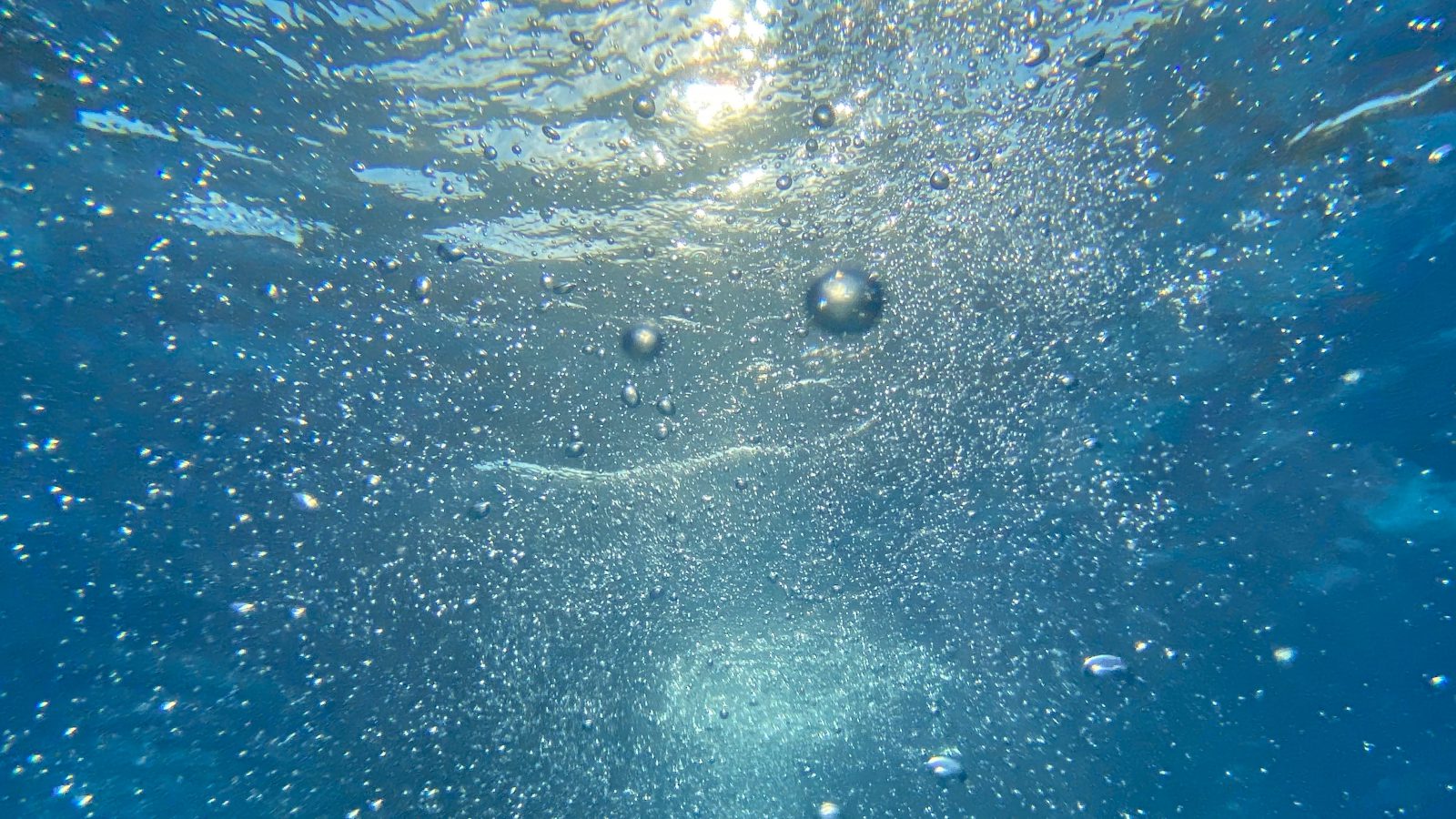
Pond Aerators: The Benefits of Lake and Pond Aeration
Just as oxygen serves as the most important element to life on Earth, oxygen also serves as the most essential component to the health of a body of water. Pond aeration is the simple, yet effective, process of increasing oxygen levels in a pond and can not only greatly enhance the aesthetic beauty of a pond, but can also improve the natural systems taking place beneath the water’s surface.
A pond aerator creates destratification of the water column, as lakes and ponds typically consist of stratified layers separated mainly by different temperature and oxygen levels. Natural resource and environmental managers are often challenged by problems caused by lake and pond stratification. The main purpose of pond aeration is to increase and stabilize the amount of dissolved oxygen in the entire water column and this has a widespread effect on many different aspects of pond and lake health.
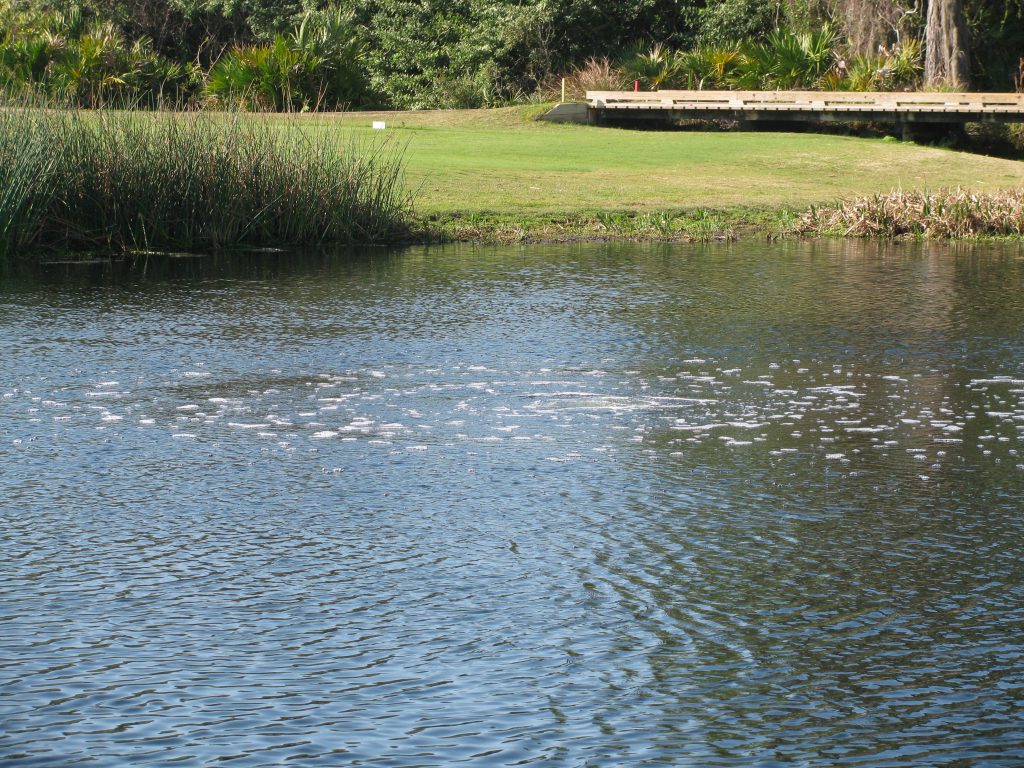
Increase Dissolved Oxygen Levels with a Submersed Pond Aerator
Submersed pond aerators are generally considered beneficial for warm water fish as they require adequate dissolved oxygen levels and struggle to survive in an oxygen-deprived habitat. Dissolved oxygen is higher in colder water and the process of aeration will distribute cooler oxygen-rich water to areas of warmer water and lower dissolved oxygen, thus breaking down the stratification present in the water column. Pond aeration allows fish to inhabit the entire lake as opposed to only a certain stratified layer and also improves conditions for organisms that fish prey on.
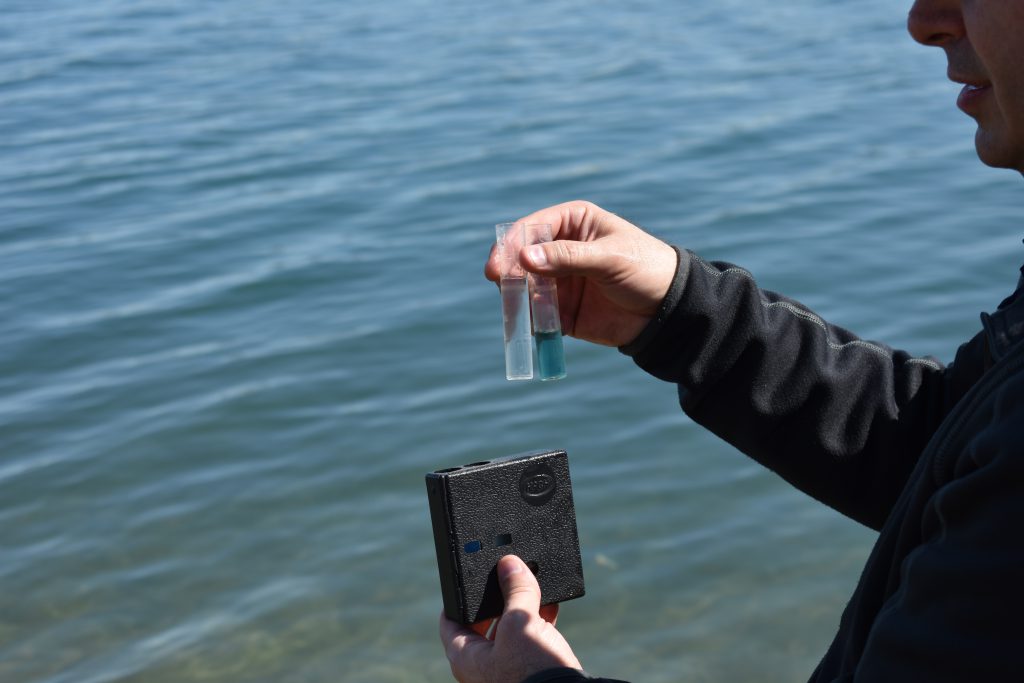
Enhance Water Quality with a Pond Aerator
Water quality is also greatly improved through the use of pond aeration. Under oxygen-deprived or anoxic conditions, lake-bottom sediments release various gases and metals that can cause water quality problems. Proper pond aeration will allow for many of the factors contributing to poor water quality to be released at the oxygen-water interface. Pond aerators cannot only enhance water quality by stabilizing pH, reducing alkalinity, and removing carbon dioxide but can also greatly decrease the cost of pond treatments.
Pond aeration can also reduce the amount of pond algae through a variety of processes. Through the use of a pond aerator, algae spores can be mixed towards deeper lake and pond areas, reducing the amount of time it is exposed to valuable sunlight and availability to grow. Higher dissolved oxygen levels can also lead to a shift from harmful blue-green algae to less-noxious green algae.
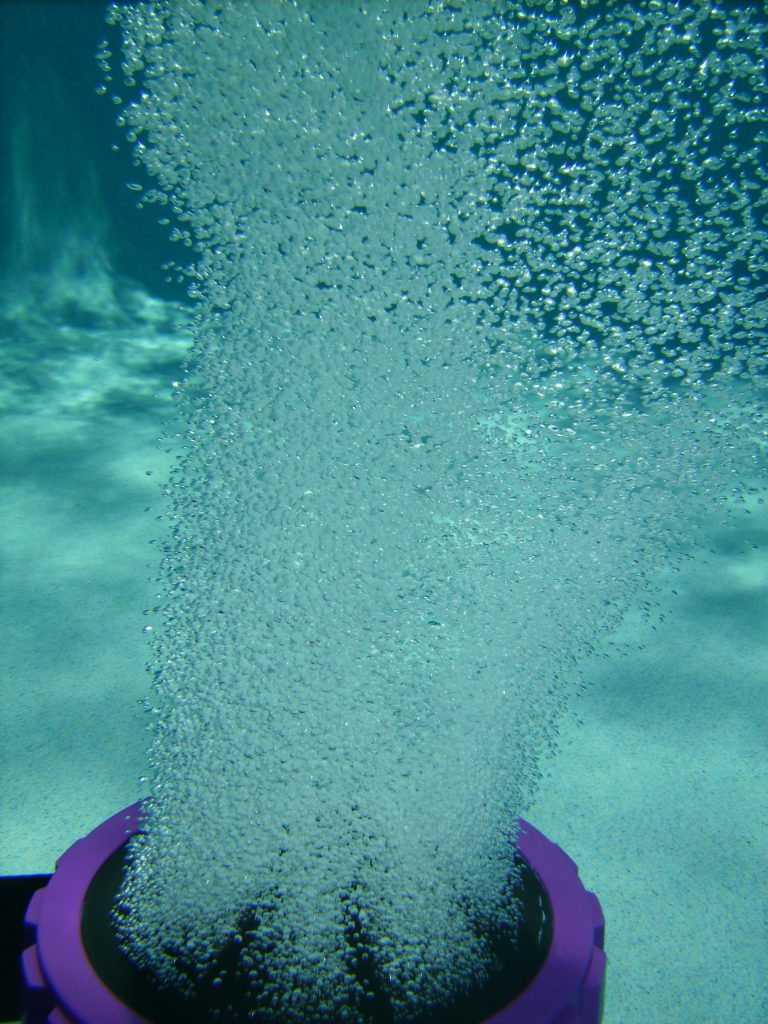
Limiting Excess Nutrients with a Submersed Pond Aerator
Another important benefit of lake and pond aeration is the reduction of Phosphorus (P) concentrations in ponds. Phosphorus is needed to support algae blooms, and once phosphorus enters a pond’s ecosystem it is very difficult to remove. Pond aeration accomplishes this by using an oxidation reaction which causes the phosphorus to bind with naturally occurring iron. Once bound to the iron, this new form of phosphorus precipitates into the sediments where it remains unavailable for plant and algae growth as long as sufficient levels of dissolved oxygen are maintained.
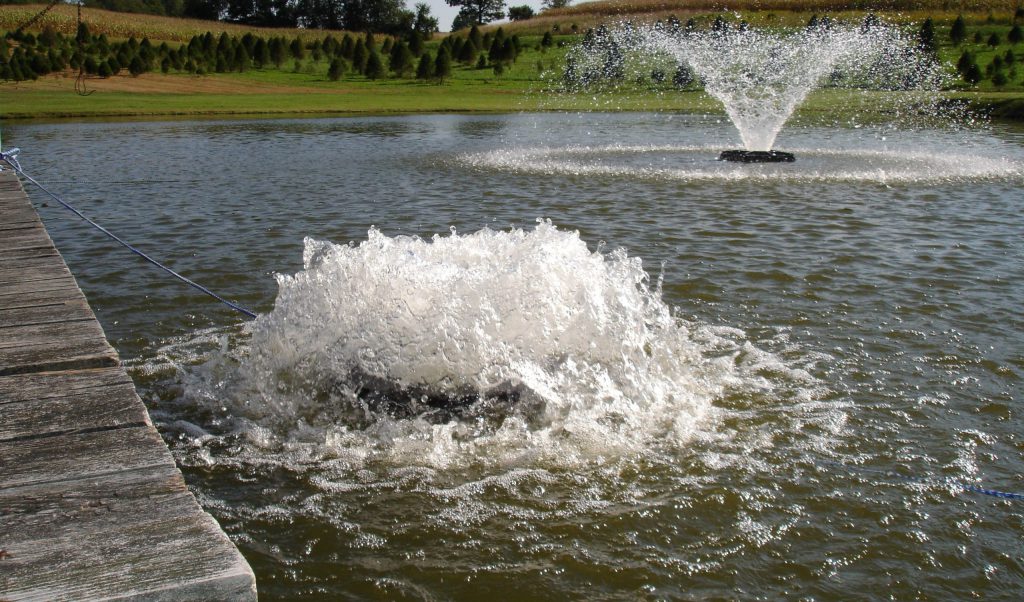
Determining the Pond Aeration System for Your Waterbody
Overall, lake and pond aeration will provide many different benefits to a pond’s ecosystem. Besides enhancing pond fish habitats, improving water quality, reducing algae, and removing phosphorus, pond aeration can also break down unwanted bacteria, help with mosquito problems, and remove foul odors from a pond — all by circulating the water and adding dissolved oxygen. Pond aeration is available through a variety of different means, whether through surface pond aerators like floating fountains or through bottom-fed pond aerators using compressors and diffusers. Now with an understanding of the benefits of pond aeration, it is time to decide what type(s) and size(s) of pond aerators are needed for your specific waterbody. Contact a lake and pond aeration professional to discuss what is best for your pond.
The Benefits of Lake & Pond Aeration
SOLitude Lake Management is a nationwide environmental firm committed to providing sustainable solutions that improve water quality, enhance beauty, preserve natural resources and reduce our environmental footprint. SOLitude’s team of aquatic resource management professionals specializes in the development and execution of customized lake, stormwater pond, wetland and fisheries management programs that include water quality testing and restoration, nutrient remediation, algae and aquatic weed control, installation and maintenance of fountains and aeration systems, bathymetry, shoreline erosion restoration, mechanical harvesting and hydro-raking, lake vegetation studies, biological assessments, habitat evaluations, and invasive species management. Services and educational resources are available to clients nationwide, including homeowners associations, multi-family and apartment communities, golf courses, commercial developments, ranches, private landowners, reservoirs, recreational and public lakes, municipalities, drinking water authorities, parks, and state and federal agencies. SOLitude Lake Management is a proud member of the Rentokil Steritech family of companies in North America.









